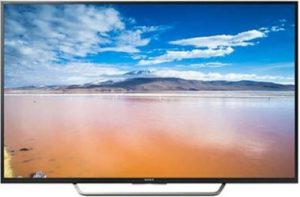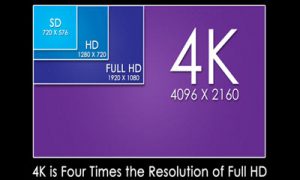Picking the Right Size and Resolution for Your Smart TV
April 25, 2018
The first thing you have to do when picking the right size and resolution for your Smart TV is choose the size that you want. You have to see the size of the room the TV will be in and if it will have enough space for the size it as well as how close to the TV that you will be sitting. It really does not make sense to purchase a bigger smart TV when you will be sitting close to it or buying a smaller one when you will be sitting further away. Also, check out the size of the TV in terms of other things on the wall around it like pictures, as you do not want that wall to look cluttered.

The thinness of smart TV’s is coming more into the picture these days. There are higher prices for the new smart TV’s, and one of the reasons is that they are thinner. You only need a very thin TV if you want to mount it to the wall. If you do not plan to do this than a TV that may have more depth may be the right choice, as it will not only likely be less expensive, but it can make it more stable.
When you pick the size of your smart TV, it really depends on your tastes and the area of your living space you want to place it. One way that you can really get a good measure on how the TV will look is to find the size and then using the dimensions make a cardboard cutout. Then place it on the wall or wherever you want to put it to see how it may fit. Many times, the bigger the TV, the better it can be, but also the bigger TV’s can be more expensive as well.
Resolution

When it comes to the resolution of your TV 4K, Ultra HD, is something that you should definitely have. However, if you are looking into buying a smaller TV, 40 or fewer inches, than an older model with HD can do the trick, and on top of that, you will save quite a bit of money. Also, the resolution on a smaller model TV is not very noticeable and may not be worth the price. In terms of the bigger TV’s 8K ones are not far off, but that will be for very large TV’s so getting a 4K is the best option to take for your viewing pleasure.
Inputs are Key
You also need to see how many and what types of inputs you will need for your smart TV, as you want to make sure you have the inputs for your devices and cables you will be using. Also, check the specs on the HDMI is key, and you can generally find this information in the TV’s manual as well as online. HDMI 1.4 has limits of 4K 30 frames per second. For 60fps 4K you will have to have 2.0 or higher HDMI, and in order to get total HDR support, you will need HDMI 2.0a or later.